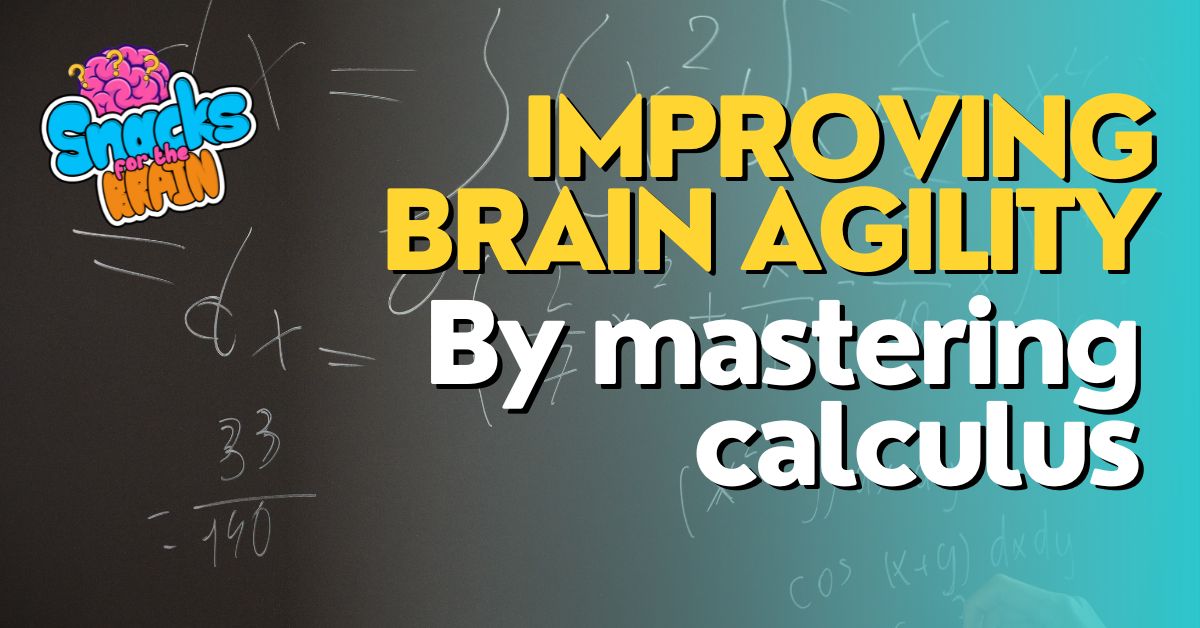Are you a book lover who still prefers the feel of a physical book in your hands rather than a digital screen? Do you struggle with finding an efficient way to take notes while reading? If so, the video that we have found on Youtube, How to Take Book Notes, will get you covered. We delve into a revolutionary technique by book reading influencer, Alex InBooks, who has mastered the art of reading and retaining information from hundreds of books each year.
In this article that we have recompiled from the video to help you get the content faster, we uncover the secret to creating a “second brain” that exists right on your bookshelf.
Video Reference: How to Take Book Notes: The Ultimate Guide
How to Take Book Notes
Step 1: Capture
Step 2: Distill
Once you’ve finished reading the book, the next step is to distill the information. This involves summarizing the most important lessons and insights from the book in your own words. This process not only aids in retention but also serves as a quick reference for refreshing your memory at a later time.
Step 3: Express
The final step in this note-taking framework is to express your interpretation of the lessons learned and how you plan to apply them. By turning the insights into actionable advice, you begin to internalize and integrate the knowledge gained from the book into your daily life.
Bridging the Paper and Digital Worlds
But how do you transition from your physical notes to a digital format? Our expert suggests waiting a few days after finishing the book to revisit the distilled lessons and actionable advice. This allows for a clear and objective mindset when inputting the information into a digital platform, ensuring that it is well-organized and easily accessible.
Digitalizing Your Notes
To streamline the process, consider digitizing your notes using a platform like Notion. Notion provides an easily accessible and free environment for storing and organizing your book notes. By incorporating digital tools, you can create a comprehensive database of your reading journey, including book titles, authors, reading progress, ratings, and genres—ultimately enhancing your ability to search and revisit your notes efficiently.
The Gradual Transition to Specialized Apps
While simplicity is key, as your note-taking needs evolve, it may be necessary to graduate to more specialized apps. This transition mimics the progression from high school to college and beyond, where you start with basic tools and gradually move to more advanced solutions as your needs expand. However, the emphasis on simplicity and ease of use remains paramount throughout this progression.
Conclusion How to Take Book Notes
In an age where the pixels of our screens often overshadow the ink of printed words, it’s easy to assume that the classic practice of jotting down notes from physical books is a relic of the past. However, there’s a timeless elegance and tangibility in the act of writing by hand that digital tools have yet to replicate fully. Even so, we cannot deny the convenience and efficiency presented by digital applications. The key to harnessing the best of both worlds lies in establishing a framework that bridges the tactile and the technological seamlessly.
By purposefully transitioning to digital platforms, you enable the curation of a “second brain”—a personal repository where every snippet of information, every marginalia scribbled in the corner of a page, finds a home that’s both expansive and intricate. This digital compendium of your notes not only preserves the details of what you’ve read but also connects the dots between abstract ideas and concrete facts.
Therefore, your reading experience is no longer confined to the physical pages; it expands into an interactive journey that constantly references and cross-pollinates with the wealth of knowledge you’ve accumulated digitally. This not only enhances your retention but also enables a level of introspection and understanding that was previously unattainable. Your notes evolve, becoming dynamic layers of thought that you can revisit and revise with newfound insights—all the while maintaining the depth and context provided by their physical origins.
With the right tools and a commitment to integrating both realms, you construct an elegant duality: a “second brain” that is both a fortress of knowledge and a springboard for innovation. This digital-physical hybrid model of note-taking is less about abandoning traditional methods and more about elevating them to a new dimension of learning—one that promises to keep the art alive and more potent than ever.






Pingback: The Method of Loci: Using Visual Memory to Remember Anything - BrainSnhacks